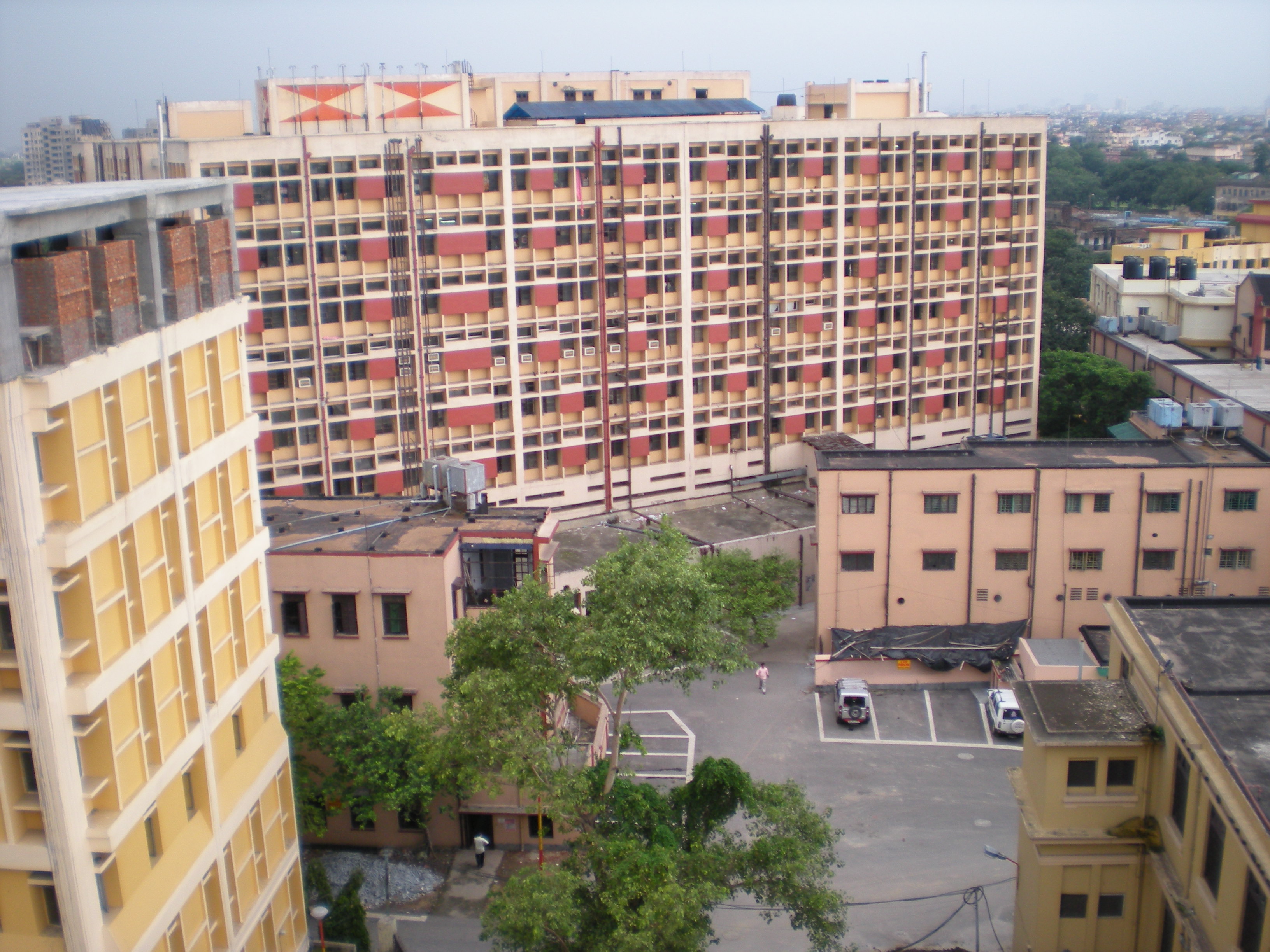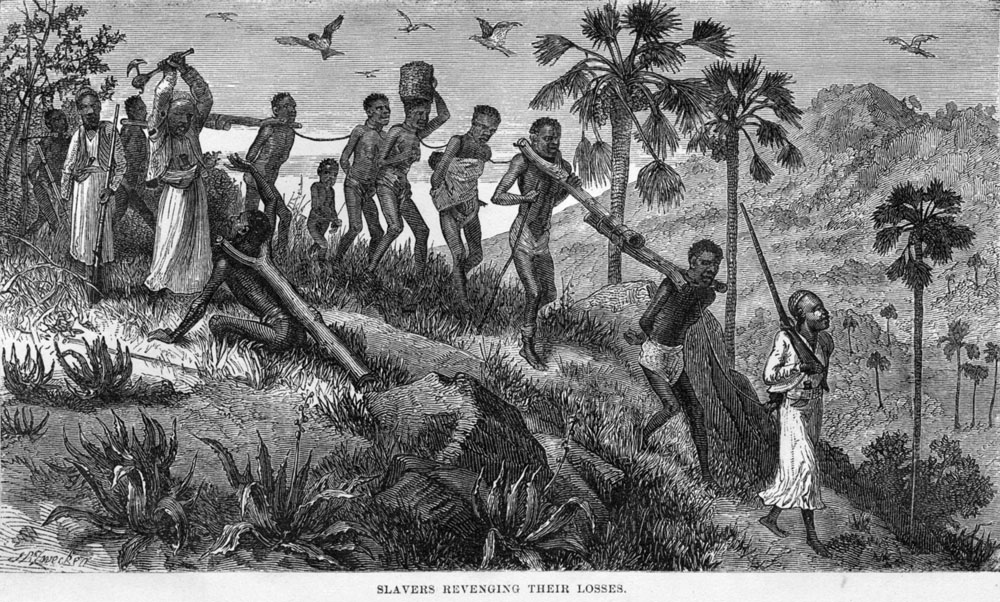|
Anurupa Debi
Anurupa Debi (9 September 1882 – 19 April 1958) (also known as, Anurupa Devi) was one of the most reputed female novelists in Bengali literature in the British colonial era. She was also an eminent short story writer, poet as well as a social worker. Debi was one of the first female writers in Bengali literature to gain considerable prominence and popularity. Personal life Anurupa Debi was born on 9 September 1882 to then Deputy Magistrate and writer, Mukunda Mukhopadhyay and Dhorasundari Debi at her maternal uncle's house at Shyambazar, Calcutta (now, Kolkata). Social reformer, Bhudeb Mukhopadhyay was her paternal grandfather. Her maternal grandfather, Nagendranath Bandopadhyay was one of the founder-members of famous ''Bangiya Natyashala''. Her elder sister Surupa Devi (1879-1922) was also an famous novelist of her time who used to write in her pseudonym, ''Indira Devi''. At the age of ten, she married Shikharnath Bandopadhyay, in Chinsura, Hooghly. They passed a vast ... [...More Info...] [...Related Items...] OR: [Wikipedia] [Google] [Baidu] |
Shyambazar
Shyambazar is a neighbourhood of North Kolkata, in Kolkata district in the Indian state of West Bengal. The area, under Shyampukur police station of Kolkata Police, has been, along with neighbouring Bagbazar, the citadel of the Bengali aristocracy, in a part of what was earlier known as Sutanuti.Nair, P. Thankappan in ''The Growth and Development of Old Calcutta'', in ''Calcutta, the Living City'', Vol. I, edited by Sukanta Chaudhuri, pp. 13–17, Oxford University Press, . and the popularity of Shyambazer five point crossing is for the statue of Netaji Subhas Chandra Bose. Shyambazar broadly covers Ward Nos. 10, 11, and 12 of the Kolkata Municipal Corporation. The Japanese dropped a bomb near Hatibagan market during World War II but it did not explode. Origin of the name There was a big market in the area, which Holwell called Charles Bazar. The present designation was conferred upon it by Sobharam Basak, in honour of Krishna. The Basaks and the Setts were amongst the f ... [...More Info...] [...Related Items...] OR: [Wikipedia] [Google] [Baidu] |
Valmiki Ramayana
The ''Rāmāyana'' (; sa, रामायणम्, ) is a Sanskrit epic composed over a period of nearly a millennium, with scholars' estimates for the earliest stage of the text ranging from the 8th to 4th centuries BCE, and later stages extending up to the 3rd century CE. ''Ramayana'' is one of the two important epics of Hinduism, the other being the '' Mahābhārata''. The epic, traditionally ascribed to the Maharishi Valmiki, narrates the life of Sita, the Princess of Janakpur, and Rama, a legendary prince of Ayodhya city in the kingdom of Kosala. The epic follows his fourteen-year exile to the forest urged by his father King Dasharatha, on the request of Rama's stepmother Kaikeyi; his travels across forests in the Indian subcontinent with his wife Sita and brother Lakshmana, the kidnapping of Sita by Ravana – the king of Lanka, that resulted in war; and Rama's eventual return to Ayodhya to be crowned king amidst jubilation and celebration. The ''Ramayana'' is one ... [...More Info...] [...Related Items...] OR: [Wikipedia] [Google] [Baidu] |
19th-century Indian Women Writers
The 19th (nineteenth) century began on 1 January 1801 ( MDCCCI), and ended on 31 December 1900 ( MCM). The 19th century was the ninth century of the 2nd millennium. The 19th century was characterized by vast social upheaval. Slavery was abolished in much of Europe and the Americas. The First Industrial Revolution, though it began in the late 18th century, expanding beyond its British homeland for the first time during this century, particularly remaking the economies and societies of the Low Countries, the Rhineland, Northern Italy, and the Northeastern United States. A few decades later, the Second Industrial Revolution led to ever more massive urbanization and much higher levels of productivity, profit, and prosperity, a pattern that continued into the 20th century. The Islamic gunpowder empires fell into decline and European imperialism brought much of South Asia, Southeast Asia, and almost all of Africa under colonial rule. It was also marked by the collapse of the lar ... [...More Info...] [...Related Items...] OR: [Wikipedia] [Google] [Baidu] |
19th-century Indian Writers
The 19th (nineteenth) century began on 1 January 1801 ( MDCCCI), and ended on 31 December 1900 ( MCM). The 19th century was the ninth century of the 2nd millennium. The 19th century was characterized by vast social upheaval. Slavery was abolished in much of Europe and the Americas. The First Industrial Revolution, though it began in the late 18th century, expanding beyond its British homeland for the first time during this century, particularly remaking the economies and societies of the Low Countries, the Rhineland, Northern Italy, and the Northeastern United States. A few decades later, the Second Industrial Revolution led to ever more massive urbanization and much higher levels of productivity, profit, and prosperity, a pattern that continued into the 20th century. The Islamic gunpowder empires fell into decline and European imperialism brought much of South Asia, Southeast Asia, and almost all of Africa under colonial rule. It was also marked by the collapse of the large S ... [...More Info...] [...Related Items...] OR: [Wikipedia] [Google] [Baidu] |
Indian Writers
Indian or Indians may refer to: Peoples South Asia * Indian people, people of Indian nationality, or people who have an Indian ancestor ** Non-resident Indian, a citizen of India who has temporarily emigrated to another country * South Asian ethnic groups, referring to people of the Indian subcontinent, as well as the greater South Asia region prior to the 1947 partition of India * Anglo-Indians, people with mixed Indian and British ancestry, or people of British descent born or living in the Indian subcontinent * East Indians, a Christian community in India Europe * British Indians, British people of Indian origin The Americas * Indo-Canadians, Canadian people of Indian origin * Indian Americans, American people of Indian origin * Indigenous peoples of the Americas, the pre-Columbian inhabitants of the Americas and their descendants ** Plains Indians, the common name for the Native Americans who lived on the Great Plains of North America ** Native Americans in the ... [...More Info...] [...Related Items...] OR: [Wikipedia] [Google] [Baidu] |
19th-century Bengalis
The 19th (nineteenth) century began on 1 January 1801 (Roman numerals, MDCCCI), and ended on 31 December 1900 (Roman numerals, MCM). The 19th century was the ninth century of the 2nd millennium. The 19th century was characterized by vast social upheaval. Slavery was abolitionism, abolished in much of Europe and the Americas. The Industrial Revolution, First Industrial Revolution, though it began in the late 18th century, expanding beyond its British homeland for the first time during this century, particularly remaking the economies and societies of the Low Countries, the Rhineland, Northern Italy, and the Northeastern United States. A few decades later, the Second Industrial Revolution led to ever more massive urbanization and much higher levels of productivity, profit, and prosperity, a pattern that continued into the 20th century. The Gunpowder empires, Islamic gunpowder empires fell into decline and European imperialism brought much of South Asia, Southeast Asia, and almost ... [...More Info...] [...Related Items...] OR: [Wikipedia] [Google] [Baidu] |
Bengali Hindus
Bengali Hindus ( bn, বাঙ্গালী হিন্দু/বাঙালি হিন্দু, translit=Bāṅgālī Hindu/Bāṅāli Hindu) are an ethnoreligious population who make up the majority in the Indian states of West Bengal, Tripura, Andaman and Nicobar Islands, Jharkhand, and Assam's Barak Valley region. In Bangladesh, they form the largest minority. They are adherents of Hinduism and are native to the Bengal region in the eastern part of the Indian subcontinent. Comprising about one-thirds of the global Bengali population, they are the second-largest ethnic group among Hindus after Hindustani Hindus. Bengali Hindus speak Bengali, which belongs to the Indo-Aryan language family and adhere to Shaktism (majority, the Kalikula tradition) or Vaishnavism (minority, Gaudiya Vaishnavism and Vaishnava-Sahajiya) of their native religion Hinduism with some regional deities. There are significant numbers of Bengali-speaking Hindus in different Indian states. Ar ... [...More Info...] [...Related Items...] OR: [Wikipedia] [Google] [Baidu] |
Bengali Novelists
Bengali or Bengalee, or Bengalese may refer to: *something of, from, or related to Bengal, a large region in South Asia * Bengalis, an ethnic and linguistic group of the region * Bengali language, the language they speak ** Bengali alphabet, the writing system ** Bengali–Assamese script *** Bengali (Unicode block), a block of Bengali characters in Unicode * Bengali, Nancowry, a village in Andaman and Nicobar Islands, India * , a ship launched in 1837 and wrecked in 1951 * Bengali, member of the ThunderCats * Bengali-Fodé Koita, Guinean footballer * Bengali Keïta, Guinean centre-back * Bengali Market, ancient market in New Delhi, India India, officially the Republic of India ( Hindi: ), is a country in South Asia. It is the seventh-largest country by area, the second-most populous country, and the most populous democracy in the world. Bounded by the Indian Ocean on the ... * Bengali River, river in northern Bangladesh * Bengali Singh, Indian politician * Ab ... [...More Info...] [...Related Items...] OR: [Wikipedia] [Google] [Baidu] |
Bengali Writers
This article provides an alphabetical list of Bengali language authors. For a chronological list, see List of Bengali language authors. Pre-partition Bengal A *Abdul Hakim (1620–1690) * Afzal Ali (16th-century) * Alaol (1606–1680) *Akkhoykumar Boral (1860–1919) B * Bankim Chandra Chattopadhyay (1838–94) * Bharatchandra Ray (1712–60) * Begum Rokeya (1880–1932) D * Daulat Qazi (1600–1638) * Dawlat Wazir Bahram Khan (16th-century) * Dinesh Chandra Sen (1866–1939) * Dwijendralal Ray (1863–1913) E * Ekramuddin Ahmad (1872–1940) *Eyakub Ali Chowdhury (1888–1940) G * Girish Chandra Ghosh (1844–1912) * Girish Chandra Sen (1835/36-1910) * Gobindachandra Das (1885–1918) H *Heyat Mahmud (1693–1760) I * Ismail Hossain Siraji (1880–1931) * Ishwar Chandra Gupta (1812–59) * Ishwar Chandra Vidyasagar (1820–91) K * Krittibas Ojha (1443-15??) M * Michael Madhusudan Dutt (1824–73) *Mohammad Lutfur Rahman (1889–1936) * Muhammad M ... [...More Info...] [...Related Items...] OR: [Wikipedia] [Google] [Baidu] |




